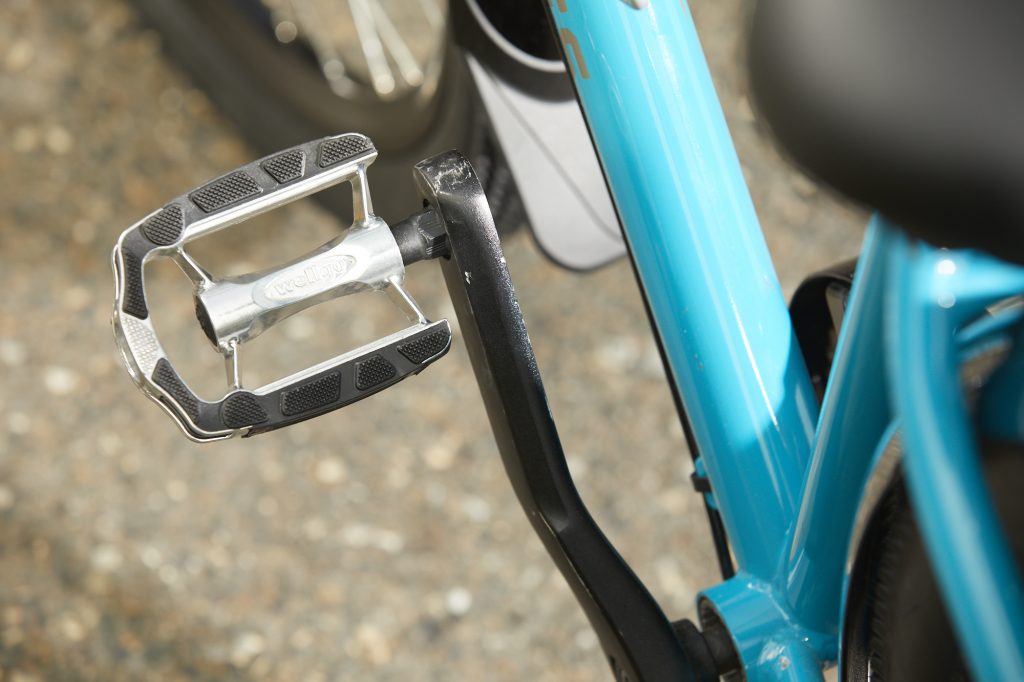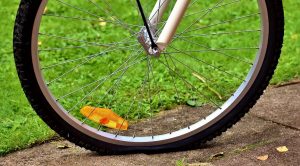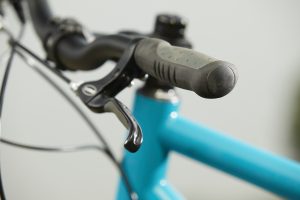Almost all people starts learning to ride a bicycle that has only one gear on it. These single-speed bicycles are what kids ride to and from school. Once kids begin to get into their teenage years, and for the wide majority of adults, the single-speed bike simply doesn’t do the job anymore.
This is why bicycles with more than one gears are the norm. Though many people have a multiple-gear bicycle, most don’t really know how they work. Many don’t know how to use them properly without getting that terrible, grinding sound. This guide gives an overview about what gears are and how to use them.
What are Bicycle Gears?
If you take a look at a bicycle with gears, you’ll notice that there are multiple sprockets in both the rear and front of the bike. These sprockets are the bicycle gears. Multiplying the number or sprockets in back by the number of sprockets in the front gives you the total number of gears that a bike has. For example, a common setup is to have five sprockets in the rear of the bicycle and two in the front. Multiplying two by five together equals 10. This is the common 10-gear bicycle that almost everyone has ridden at some point. Виртуальный покер в онлайн казино предоставляет захватывающий мир азартных возможностей. Игроки со всего мира собираются за виртуальным столом, где страсть, интрига и стратегия сливаются в удивительное противостояние. Онлайн покер позволяет испытать навыки в различных вариациях – Техасский Холдем, Омаха, Стад и другие. Возможность играть в любое время суток делает официальные казино онлайн доступным для всех, независимо от географии. Множество турниров и фрироллов предоставляют шанс выиграть крупные призы и попробовать силы с опытными профессионалами. Онлайн покер – это путь к азартному восторгу и, возможно, к успеху!
The smaller the sprocket, the easier it is for the rider to pedal. Shifting through the bicycle gears is accomplished through 2 mechanisms, the gear shift and the derailleur. The rider operates the gear shift, which operates the derailleur, which moves the bike chain around the sprockets. Often, the gear on the left will operate the front derailleur, and the gear on the right will operate the back derailleur.
Shifts on bicycle gears are typically numbered. This is to let riders which gear of the bicycle the shifter is set on. The smaller the number, the smaller the sprocket is, and the easier for the rider to pedal.
For easy-to-use, multi-speed bicycles, visit Zize Bikes, the maker of custom, extra sturdy bicycles for everybody, including bicycles for heavy people which can support weight up to 550 pounds.







